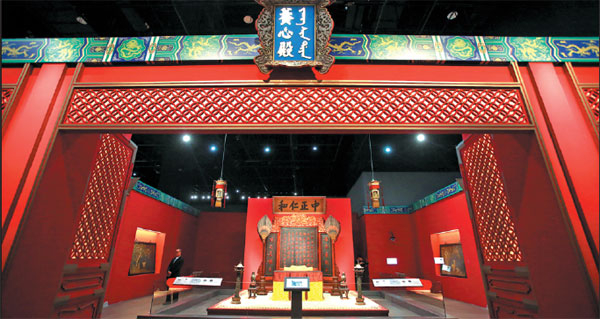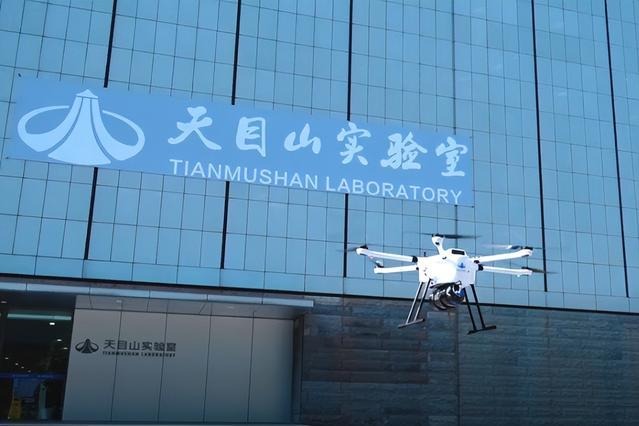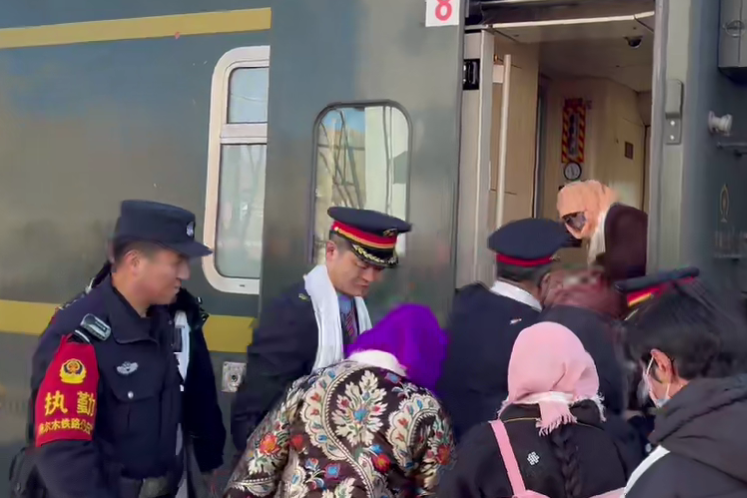Treasures travel south

An exhibition of artifacts from the Forbidden City is in Hong Kong to mark the 20th anniversary of HK's return to China
A collection of precious items from the Qing Dynasty (1644-1911) is on display in Hong Kong, featuring items that had never before left Beijing and were made public only once previously, at the Capital Museum last year.
The artifacts are from the Hall of Mental Cultivation in the Forbidden City, China's imperial palace from 1420 to 1911, now known as the Palace Museum.
The ongoing exhibition, called the Hall of Mental Cultivation of the Palace Museum: Imperial Residence of Eight Emperors, which began on June 29, is presented by the Leisure and Cultural Services Department of the Hong Kong Special Administrative Region government and the Palace Museum.
| The exhibition, called Hall of Mental Cultivation of the Palace Museum: Imperial Residence of Eight Emperors, features items ranging from paintings and other art pieces to furniture, and runs through Oct 15 at the Hong Kong Heritage Museum. Photos by Parker Zheng / China Daily |
It is one of the key events marking the 20th anniversary of Hong Kong's return to China.
When visitors enter the exhibition at the Hong Kong Heritage Museum, they see a space resembling the Hall of Mental Cultivation.
There, the exhibits, ranging from paintings and other art pieces to furniture and plaques, hang above the thrones in the hall.
Articles such as imperial seals and stationery are also on display.
The Hall of Mental Cultivation was built in 1537 within the inner court of the Forbidden City during the Ming Dynasty (1368-1644).
The hall was the residence of eight Qing rulers, starting with Emperor Yongzheng (1722-35) and ending with Puyi (1906-67), whose life is depicted in the Oscar-winning biographic film The Last Emperor by Italian director Bernardo Bertolucci.
The hall takes its name from a line in The Chapter of Dedication by Chinese philosopher Mencius, from the third-century BC, that says, "Leading a frugal life is the best way to cultivate the mind."
The exhibition portrays the Central Hall, where the emperors received their ministers; the East Warmth Chamber, where the Empress Dowager Cixi attended to the affairs of state from behind a curtain; and the West Warmth Chamber, from which Emperor Yongzheng worked.
"It (the hall) was not only a living room, but the emperors' 'home office'," says Tang Hing-sun, a curator of the exhibition from the Hong Kong Museum of Art.
"Yongzheng favored a simple life and considered himself a public servant," Tang says.
Yongzheng moved from the bigger Palace of Heavenly Purity to this hall, and he was said to have handled more than 192,000 documents during his time in the West Warmth Chamber.
"The hall was the center stage of politics during the Ming and Qing dynasties," says Tang.
Meanwhile, multimedia has also been used to re-create the past, says Tang, pointing out that the different rulers' personalities are reflected through the exhibits.
For instance, Emperor Qianlong, who ruled from 1736 to 1796, was known for collecting exquisite artworks, and the vases and enamel articles on display reveal his preference for flamboyance.
Qianlong was keen on Tibetan Buddhism, which is portrayed through the statues of the Buddha from his prayer room.
The Hall of Mental Cultivation also had a private study called the Room of Three Rarities, which is described by Tang as Qianlong's own little corner to appreciate paintings and calligraphy.
The emperor had three rare pieces of calligraphy in this room. A replica of this room is also at the exhibition and features 13 vases.
Tang says the Hong Kong Museum of Art also contributed some of its treasures, such as a scroll, attributed to the Song Dynasty (960-1279).
According to Shan Jixiang, the head of the Palace Museum, visitors to the original Hall of Mental Cultivation are now able to get only a glimpse of its interiors through locked windows. But the public will be allowed into the rooms in the future.
As part of the preparations, a major renovation project is underway and will be completed by 2020.
The ongoing renovation means that cultural relics have been moved out of the hall. The exhibits in Hong Kong are part of the collection.
In 2007, the 10th anniversary of Hong Kong's return to China, the Palace Museum took its Along the River During the Qingming Festival landscape painting to the city for a major exhibition called Pride of China.
"But this time, we want to show other treasures," says Shan.
"We'd like to tell the emperors' stories."
Before becoming the residence of the emperors, the Hall of Mental Cultivation was used for other purposes.
Key exhibits recommended by curator
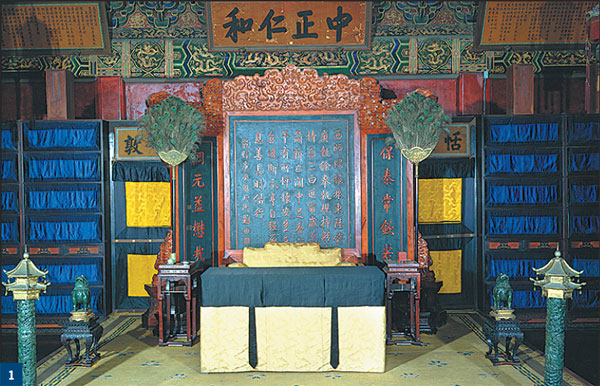
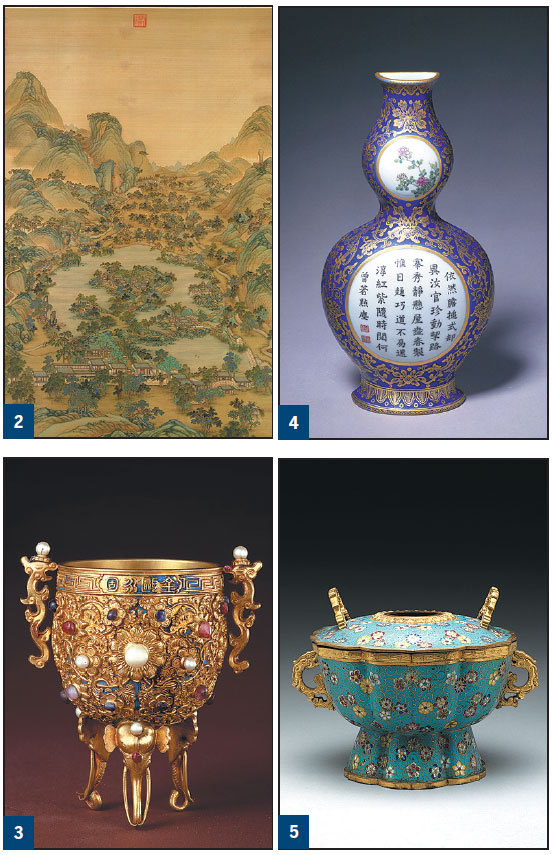
1. A screen made of Huanghuali, fragrant sandalwood used for high-quality Chinese furniture, with a poem by Emperor Qianlong
2. A painting portraying the imperial mountain resort in Chengde, Hebei province, by Leng Mei (1662-1742)
3. Gold Chalice of Eternal Stability inlaid with gemstones
4. Gourd-shaped wall vase with poems in the gilded floral scroll pattern
5. Cloisonne hotpot with a floral pattern
wangkaihao@chinadaily.com.cn
(China Daily Africa Weekly 07/07/2017 page22)
Today's Top News
- Evidence mounts of Japan's wartime atrocities
- Gunmen kill 11, wound many on Sydney beach
- Study finds Earth's deep water reservoirs
- China remembers victims of Nanjing Massacre 88 years on
- Philippines' provocations will avail it nothing: China Daily editorial
- China steps up financial support to spur consumption
















